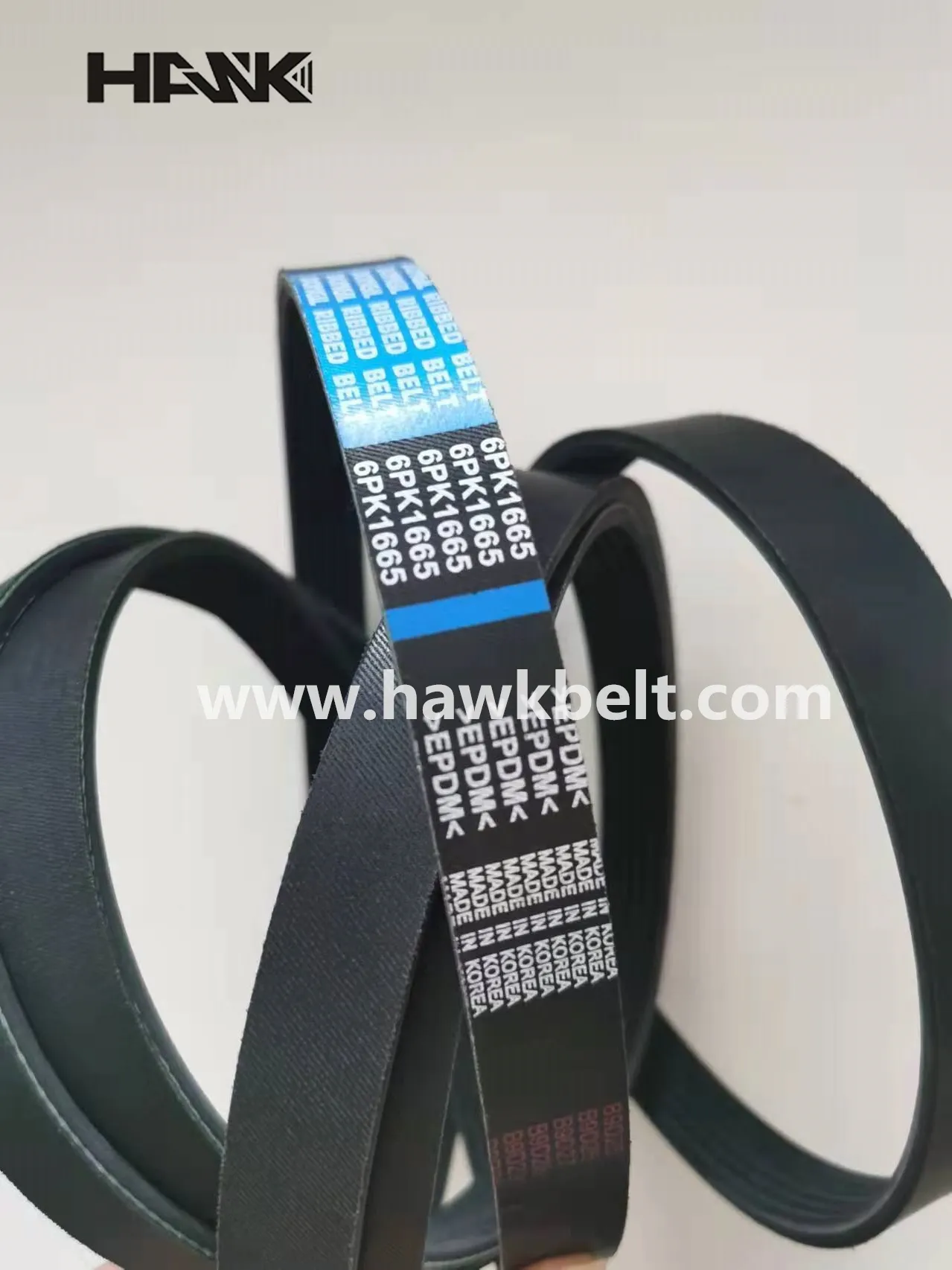- Arabic
- French
- Russian
- Spanish
- Portuguese
- Turkish
- Armenian
- English
- Albanian
- Amharic
- Azerbaijani
- Basque
- Belarusian
- Bengali
- Bosnian
- Bulgarian
- Catalan
- Cebuano
- Corsican
- Croatian
- Czech
- Danish
- Dutch
- Afrikaans
- Esperanto
- Estonian
- Finnish
- Frisian
- Galician
- Georgian
- German
- Greek
- Gujarati
- Haitian Creole
- hausa
- hawaiian
- Hebrew
- Hindi
- Miao
- Hungarian
- Icelandic
- igbo
- Indonesian
- irish
- Italian
- Japanese
- Javanese
- Kannada
- kazakh
- Khmer
- Rwandese
- Korean
- Kurdish
- Kyrgyz
- Lao
- Latin
- Latvian
- Lithuanian
- Luxembourgish
- Macedonian
- Malgashi
- Malay
- Malayalam
- Maltese
- Maori
- Marathi
- Mongolian
- Myanmar
- Nepali
- Norwegian
- Norwegian
- Occitan
- Pashto
- Persian
- Polish
- Punjabi
- Romanian
- Samoan
- Scottish Gaelic
- Serbian
- Sesotho
- Shona
- Sindhi
- Sinhala
- Slovak
- Slovenian
- Somali
- Sundanese
- Swahili
- Swedish
- Tagalog
- Tajik
- Tamil
- Tatar
- Telugu
- Thai
- Turkmen
- Ukrainian
- Urdu
- Uighur
- Uzbek
- Vietnamese
- Welsh
- Bantu
- Yiddish
- Yoruba
- Zulu
Dec . 24, 2024 17:48 Back to list
flat and v belt
Flat and V Belts An Overview of Their Applications and Advantages
When it comes to mechanical power transmission, flat and V belts play a critical role in various industries. These components are essential for the efficient transfer of motion between different parts of machinery, making them indispensable in sectors ranging from automotive to manufacturing. Understanding the differences, applications, and advantages of flat and V belts is key for engineers and technicians working to optimize belt-driven systems.
Flat Belts Characteristics and Applications
Flat belts are characterized by their rectangular cross-section, making them ideal for high-speed applications where a large contact area is desired. Known for their flexibility and ability to operate on pulleys of varying diameters, flat belts provide an efficient means of transmitting power over long distances. They are typically made from materials such as rubber, leather, or synthetic fibers, which enhance their durability and performance.
One of the primary applications of flat belts is in conveyor systems. These belts efficiently transport goods over long stretches, with minimal friction losses. Additionally, they are widely used in textile manufacturing, woodworking equipment, and various types of machinery where smooth and continuous power transfer is needed. The ability to handle high tension without significant stretch makes flat belts an attractive option in these environments.
V Belts Design and Functionality
V belts, in contrast to flat belts, have a trapezoidal cross-section that allows them to fit snugly into the grooves of pulleys. This design enhances their grip and enables them to transmit more power than flat belts of the same width. V belts also minimize slippage, making them particularly effective in applications requiring high torque and consistent motion.
flat and v belt

One of the significant advantages of V belts is their ability to operate in a compact space. They are widely used in automotive engines, HVAC systems, and industrial machinery, where efficient power transmission is paramount. The shape of the V belt allows it to self-align, reducing the need for precise pulley alignment, which is a common challenge with flat belts.
Comparative Advantages
While both flat and V belts have their advantages, the choice between them often depends on the specific requirements of a given application. Flat belts are preferable for high-speed, low-torque applications where long-distance power transmission is necessary. They excel in environments where heat generation needs to be minimized and where a softer, quieter operation is beneficial.
On the other hand, V belts are ideal for applications requiring high torque and power transmission in a compact design. Their ability to handle load variations and maintain consistent performance makes them suitable for industries ranging from agriculture to construction. V belts also benefit from their straightforward installation and maintenance, making them a popular choice among engineers.
Conclusion
In conclusion, both flat and V belts are essential components in mechanical power transmission, each with unique characteristics tailored to specific applications. Flat belts shine in high-speed environments with minimal torque requirements, while V belts dominate in high-torque, compact applications. Understanding the operational context of these belts allows for the selection of the most suitable option, ultimately enhancing the performance and efficiency of machinery across various industries. As technology continues to evolve, the materials and designs of both flat and V belts are likely to improve, further expanding their applications and operational capabilities.
-
Upgrade Power Steering Pump Belt for Smooth, Quiet Operation
NewsAug.27,2025
-
Precision Timing Belt & Chain: Engine Performance & Durability
NewsAug.26,2025
-
Precision Lathe Drive Belts: Durable & Reliable Performance
NewsAug.25,2025
-
84.5 Serpentine Belt: Durable & Precision Fit for Your Engine
NewsAug.24,2025
-
Premium Ribbed Drive Belts for Quiet Power Transmission
NewsAug.23,2025
-
High-Performance Vehicle Timing Belt for Engine Precision
NewsAug.22,2025

